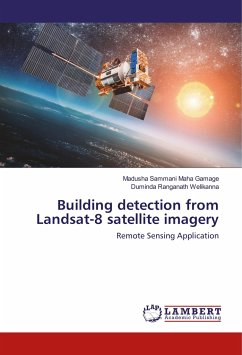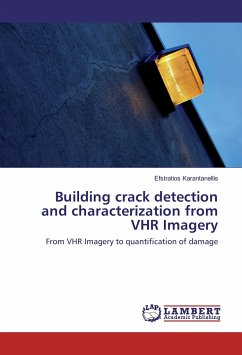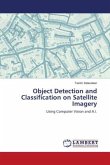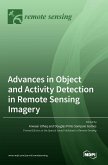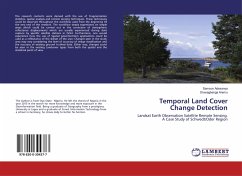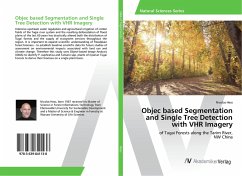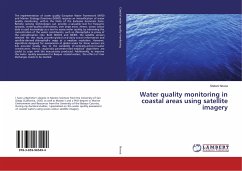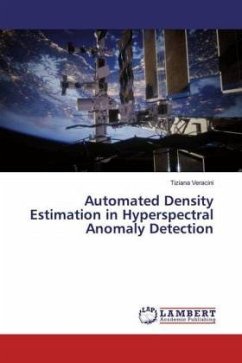Automated building detection from remote sensing has inspired many researchers due to the versataility of it in the creation and updtation of Land Information Systems, Geographical Information systems, minimizing the manual effort involved in collecting such large scale data. However collecting these information from high resolution images are difficult to general users, mainly due to the inaccessibility and heavy cost. Considering the free availability, regardless of its coarser spatial resolution, better pattern recognition techniques can come in handy in such cases with freely available satellite images such as Landsat 8. Detection of buildings in urban and suburban areas using low resolution satellite images is a challenging task due to effects such as point Spread Function (PSF), mixed pixels, and vague determination of the building boundaries. Hence precise determination of the boundaries requires robust and novel mechanisms. Because of the information in a pixel of a coarser resolution satellite data within the instantaneous field of view of the sensor is a mixture of different classes and the individual components can be computed using soft classification techniques.
Bitte wählen Sie Ihr Anliegen aus.
Rechnungen
Retourenschein anfordern
Bestellstatus
Storno

